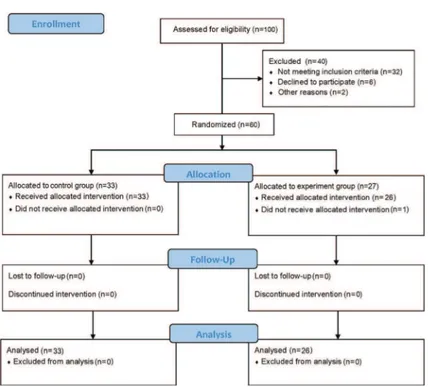Clinical applications of retrograde autologous priming in cardiopulmonary bypass in pediatric cardiac surgery
Texto
Imagem


Documentos relacionados
Some investigators have shown that hypothermia and cardiopulmonary bypass (CPB) can induce a change in plasma pro- pranolol levels (9-11), but there are no stud- ies analyzing
In conclusion, the study indicates that intraoperative use of tranexamic acid in pa- tients undergoing coronary artery bypass grafting with cardiopulmonary bypass is ef- fective
No differences in cardiac frequency or cardiac output were found in the CMA or AMA groups (data not shown), and the animals in the AMA group did not show any changes in arterial
Background: Coronary artery bypass grafting techniques without using cardiopulmonary bypass (off-pump CABG) result in less systemic damage, less clinical complications, less time
Objectives: To assess the frequency of occurrence and clinical manifestations of the systemic inflammatory response syndrome after cardiopulmonary bypass (SIRS-CPB) in
Dentre essas variáveis destaca-se o “Arcabouço Jurídico-Adminis- trativo da Gestão Pública” que pode passar a exercer um nível de influência relevante em função de definir
Although not using CPB, we performed a triple coronary artery bypass surgery in a patient with dextrocardia and situs inversus totalis , with the surgeon standing on the left side
In conclusion, satisfactory clinical outcomes can be achieved in the management of the giant and complex paraclinoidal and cavernous aneurysms by direct surgery, trapping